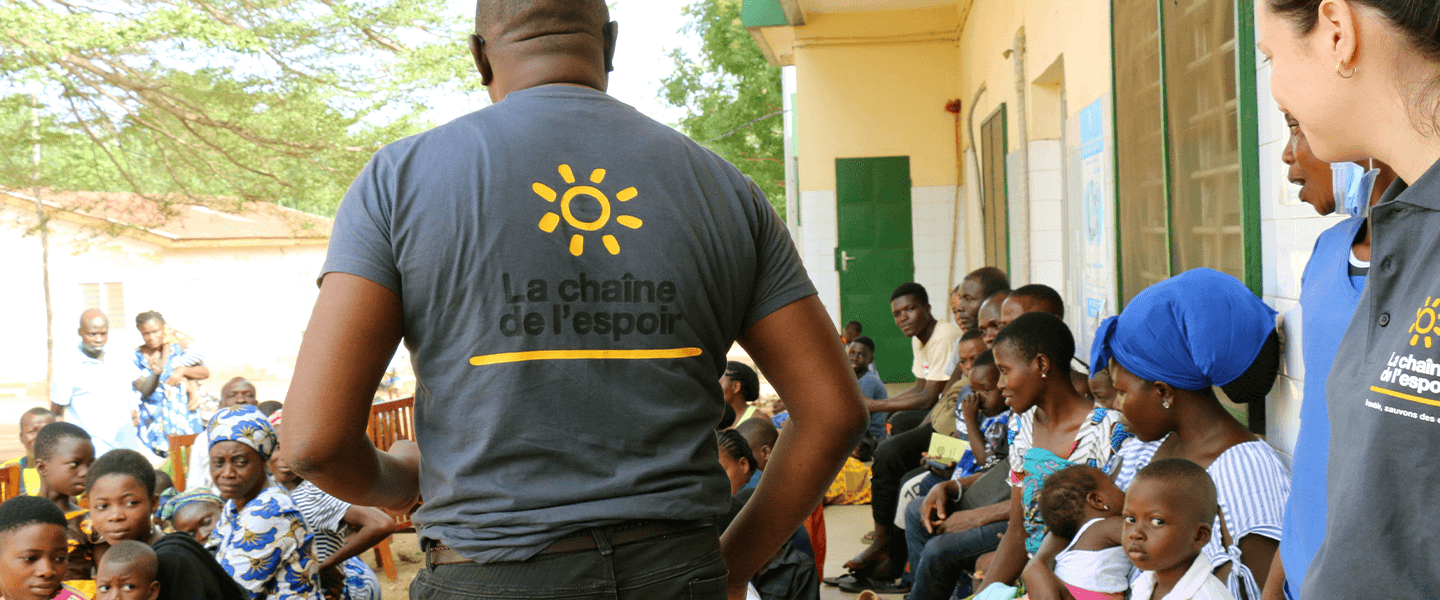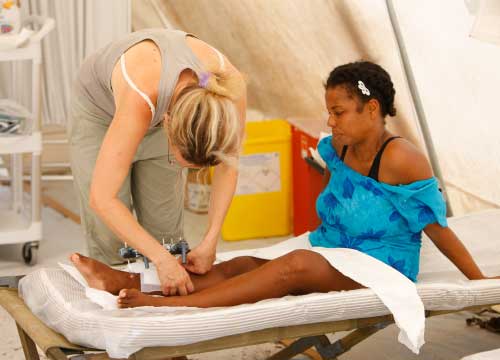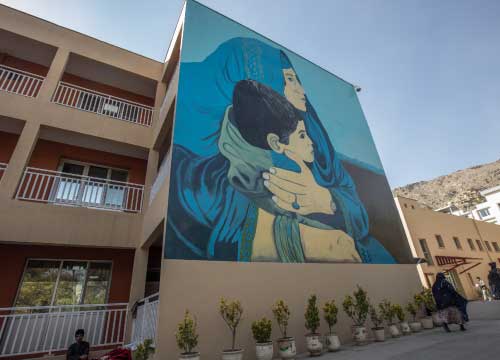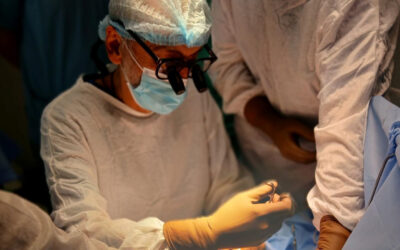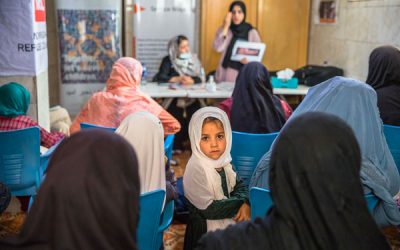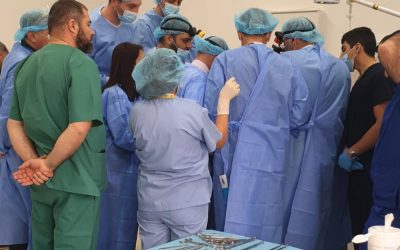Emergencies and humanitarian crises
Background
Humanitarian crises multiply and intensify
426 million children
(i.e. almost one child in five) live in areas where conflicts are intensifying.
More than 15% of the world’s population
lives in countries in protracted crisis.
Half the world’s population
has no access to essential health services.
Sources: Unicef, FAO, WHO
Wars, conflicts, epidemics, pandemics, floods, cyclones, financial, food and migration crises: humanitarian crises are multiplying and intensifying. Over the last fifty years, the number of natural disasters has increased fivefold, plunging millions of people into distress and misery. The Covid-19 pandemic has also destabilized economies and healthcare systems that had previously been on the rise, particularly in Africa and Asia.
According to the World Bank, countries plagued by fragility, conflict and violence have the highest number of people living in extreme
poverty in the world.
Women and children are particularly vulnerable in these humanitarian crises:
- Children are directly affected by problems such as malnutrition and disease, and are susceptible to abuse and exploitation.
- Women, often on the front line during crises, are particularly exposed to deprivation, violence and exploitation, which hinders their access to essential resources, healthcare and education.
Our action to strengthen screening
Responding to emergencies and humanitarian crises
Thanks to our teams in the field and a network of partner organizations, hospitals and doctors in over 30 countries, La Chaîne de l’Espoir is able to intervene in areas affected by humanitarian crises. We deploy emergency actions to help the most vulnerable, work to prevent health crises by strengthening health systems, and engage in the sustainable reconstruction of destroyed health infrastructures.
Providing emergency or crisis relief to the most vulnerable
In Afghanistan, Ukraine or Lebanon, we are mobilized to provide aid in crisis situations, so that civilian populations can access healthcare.
In response to humanitarian crises, La Chaîne de l’Espoir has developed emergency trauma kits. Ready to be dispatched as soon as a major disaster or armed conflict occurs, these kits contain everything needed for emergency surgery on victims of war injuries, collapsed buildings and so on. They include external fixators, pins, plasters, compresses, sutures… Adapted to extreme situations, they require neither sterilization nor the use of a fully-equipped operating theater, and are shipped with consumables and medicines.
We also provide surgical Damage Control training in Ukraine and Armenia. This emergency medical approach aims to rapidly stabilize severely injured patients.
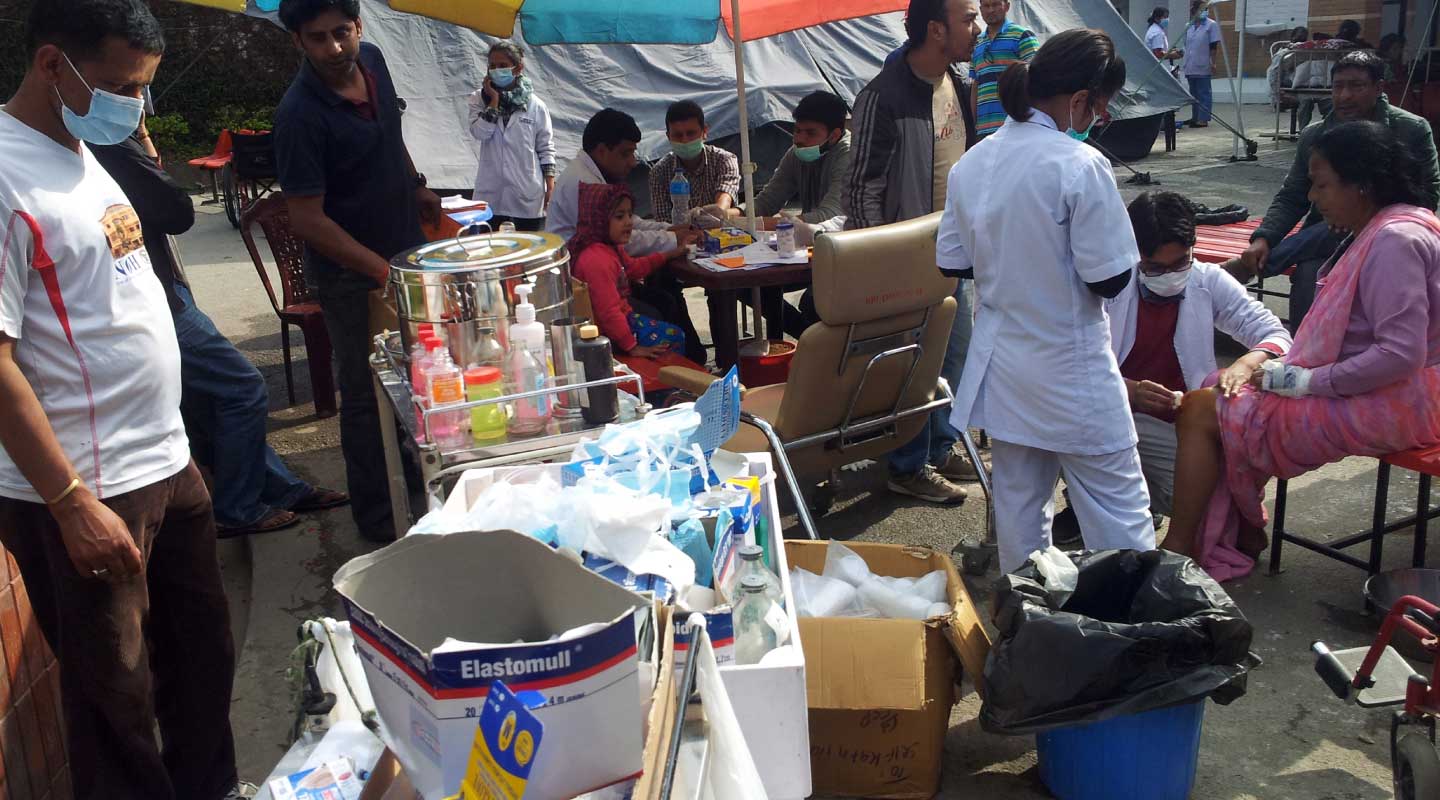
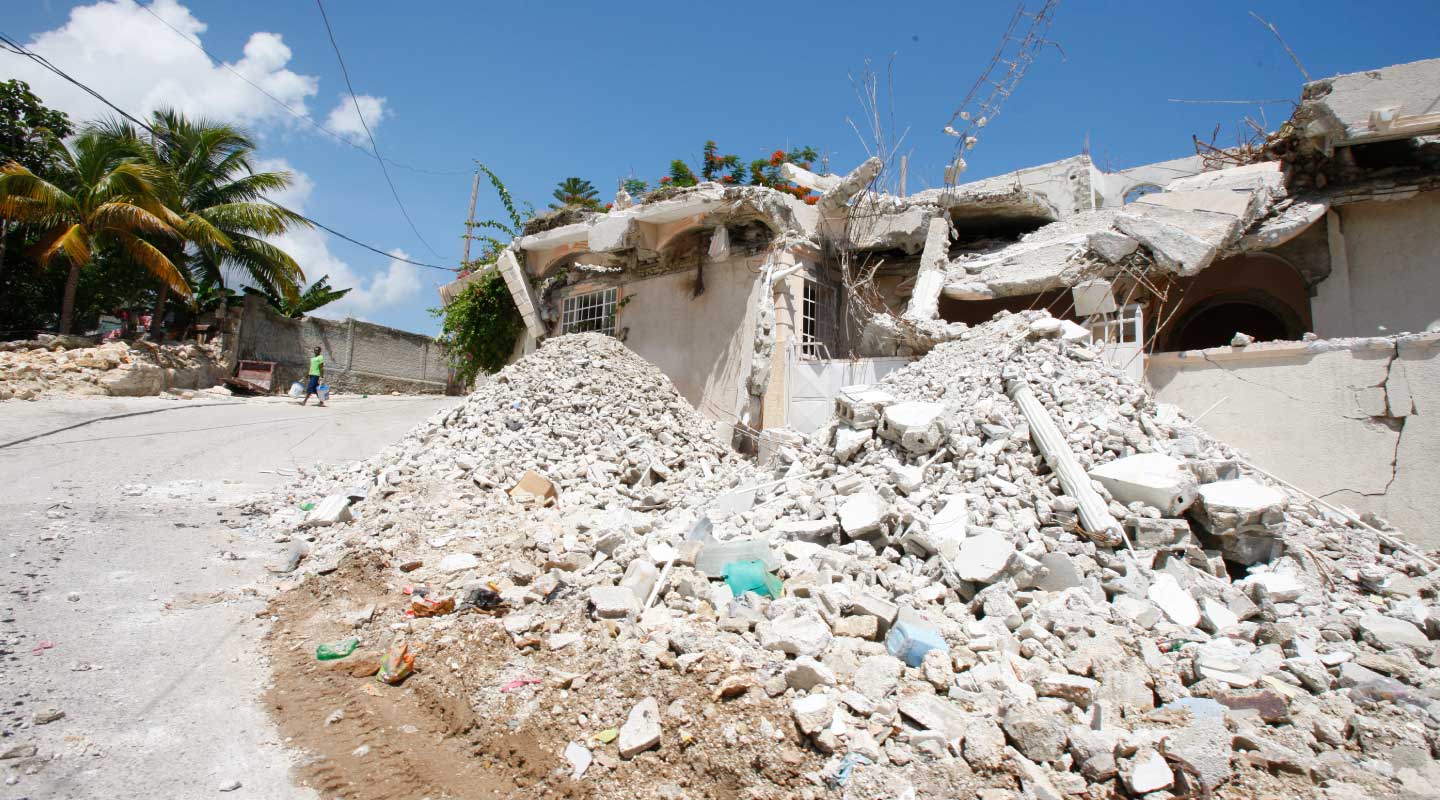
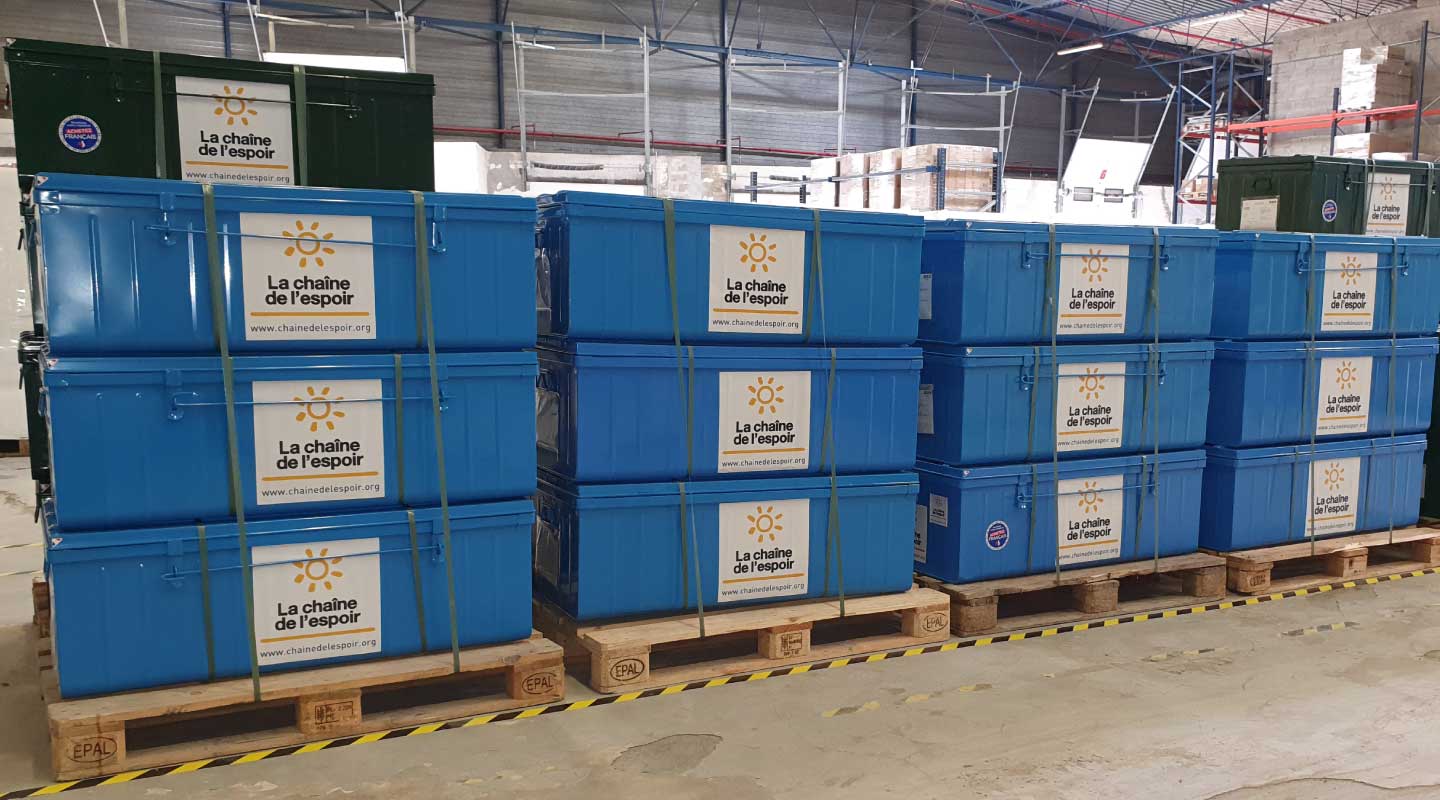
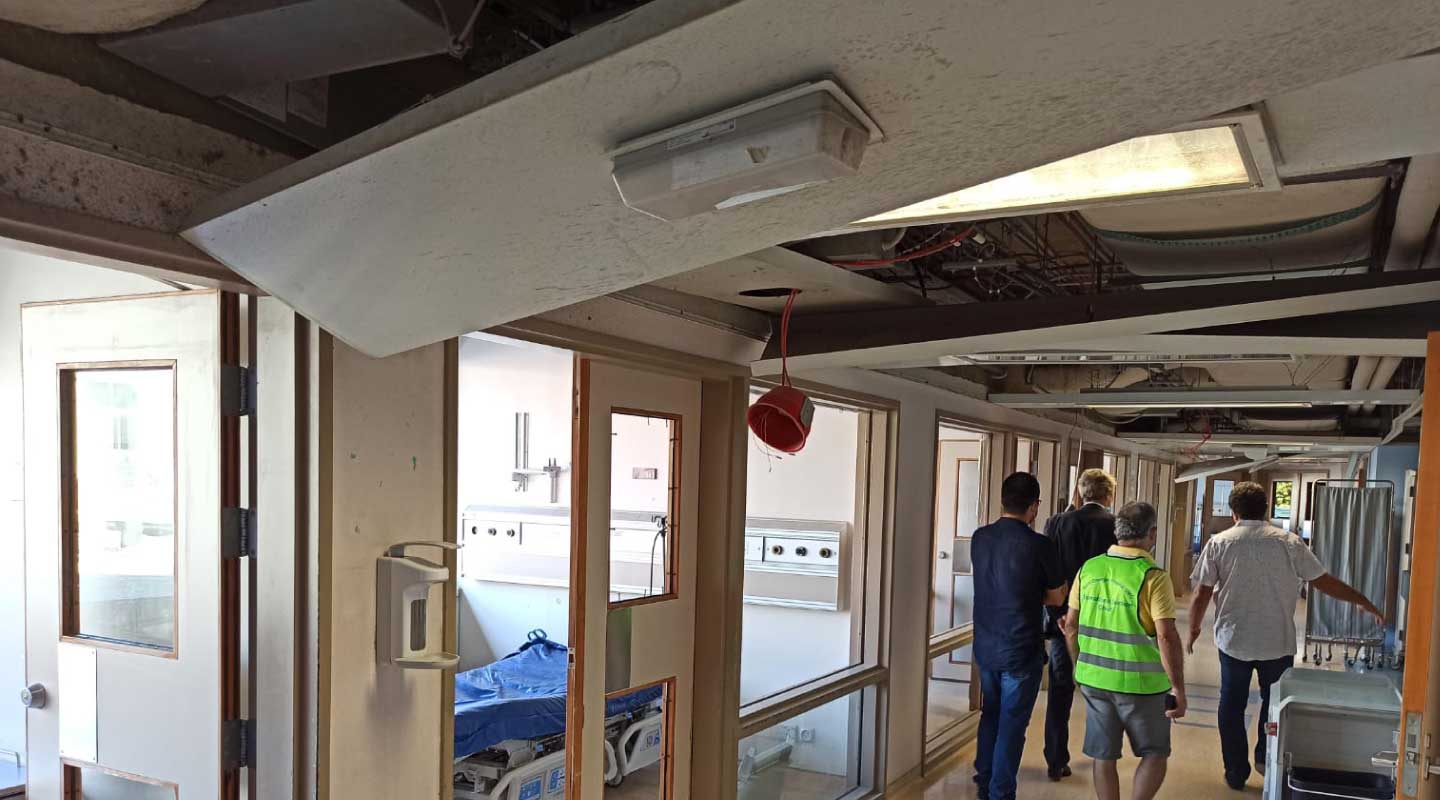
History of the main emergency sites
- 2024: tropical cyclone Chido in Mayotte
- 2023: famine in Afghanistan
- 2023: earthquake in Morocco
- Since 2022: war in Ukraine
- 2021: earthquake in Haiti
- 2020: Covid-19 pandemic
- 2020: exhibitions in the port of Beirut
- 2015: earthquakes in Nepal
- 2014: crisis in Iraqi Kurdistan
- 2012: Syrian civil war
- 2010: earthquake in Haiti
- 2004: tsunami in Thailand
Preventing health crises by strengthening healthcare systems
To reduce the impact of health crises on populations, La Chaîne de l’Espoir is committed to strengthening the response capacities of healthcare systems. We work to improve medical infrastructures and train local medical staff. Our aim is to help build resilient communities and health infrastructures capable of dealing effectively with epidemics and other health emergencies. By reducing the risks and impacts of future crises, we are helping to safeguard the health and well-being of all.
In Armenia and Ukraine, for example, La Chaîne de l’Espoir trains healthcare professionals in the “Damage Control” technique. This technique aims to rapidly reduce serious injuries by providing a minimum of care with a minimum of equipment. The aim is to stabilize seriously injured patients, especially in combat or conflict situations. Medical teams focus on first aid and emergency treatment that can be administered rapidly in the field to save lives and prevent patients’ conditions from worsening.
Rebuilding for the long term
In order to improve the availability and accessibility of healthcare services for populations affected by humanitarian crises, but also to encourage the return of displaced communities, La Chaîne de l’Espoir is committed to the long-term reconstruction of healthcare infrastructures destroyed by war or natural disasters, by recreating a stable and safe environment where medical care is once again accessible.
Afghanistan: a hospital of excellence in Kabul
Near the ruins of Kabul’s old hospital, La Chaîne de l’Espoir opened the Institut Médical Français pour la Mère et l’Enfant (IMFE) in 2006. Initially aimed solely at children, the hospital expanded its scope to adults with the opening of the Mother-Child Unit in 2016.
Iraq: construction of a hospital in Sinjar
In the town of Sinjar, where the hospital and health centers were destroyed by Daesh troops, La Chaîne de l’Espoir reopened an operating theater in 2022 and is currently finalizing the construction of the Sinjar French Medical Center. This action is essential to enable the Yezidi population, victims of genocide, to return to their homeland.

